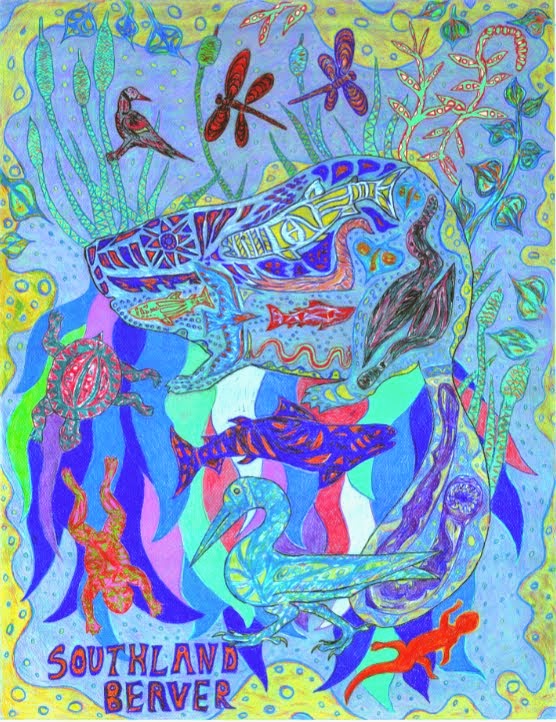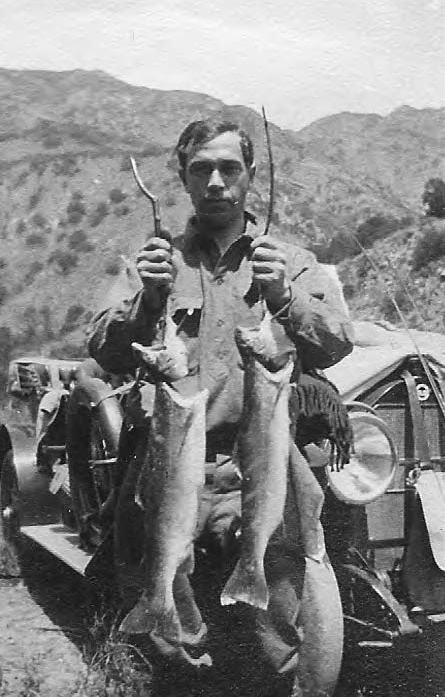 |
| NOAA/NASA |
And if you get out and hit boots to the ground you can easily see the crippling effects this drought is already having on the environment/water resources. Remember when I took a little beaver safari to the beautiful Santa Ynez a couple of months ago? Well I have not been there in some time but I have heard large portions of the river are dry and that, as the photo below of Bradberry dam attests, Lake Cachuma has dropped so low water outflow to the Santa Ynez is cut off.
 |
| Bradberry Dam @ Lake Cachuma (lake side facing us) |
Closer to home in Ventura county things are no better. On hikes through the chaparral hills I am noticing many of the normally bomb-proof plants simply browning up and failing. Scrub oak, manzanita, ceanothus- plants which thrive in our semiarid, 12-14 inches of rain environment- still need those 12-14 inches of water to survive! On the Oxnard plain in Ventura county where I live- a major agricultural hub- many of the normally bursting strawberry fields are simply being turned over and allowed to go fallow. Farmers are not getting the seasonal rains and as the aquifer plummets they may no longer be getting the historical pumping allotments, unsustainable as they were, that let them grow blueberries in the desert.
Things are bad for our friends the salmonids not just in southern California but throughout the whole state where some stocks of Coho salmon in central/northern California may go extinct.
Yep it is scary times. I would attempt to put a positive beaver spin on it- but beaver only work as water storage devices where there is at least some water there to begin with...
Never the less we can still hope. I recently hiked up the Matilija Creek in Ventura county. You know the one infamous for the dam that has that graffiti on it? Well the normally perennial creek was dry, until I got up higher in the drainage and found some water still flowing. Hiding out in one of the pools- a rainbow trout. Surviving trout give me hope- where trout live, maybe beaver can too...
Support me on Patreon.
Like antediluvian salad on facebook.
Watch me on Deviantart @NashD1.Subscribe to my youtube channel Duane Nash.
My other blog antediluviansalad.blogspot
























